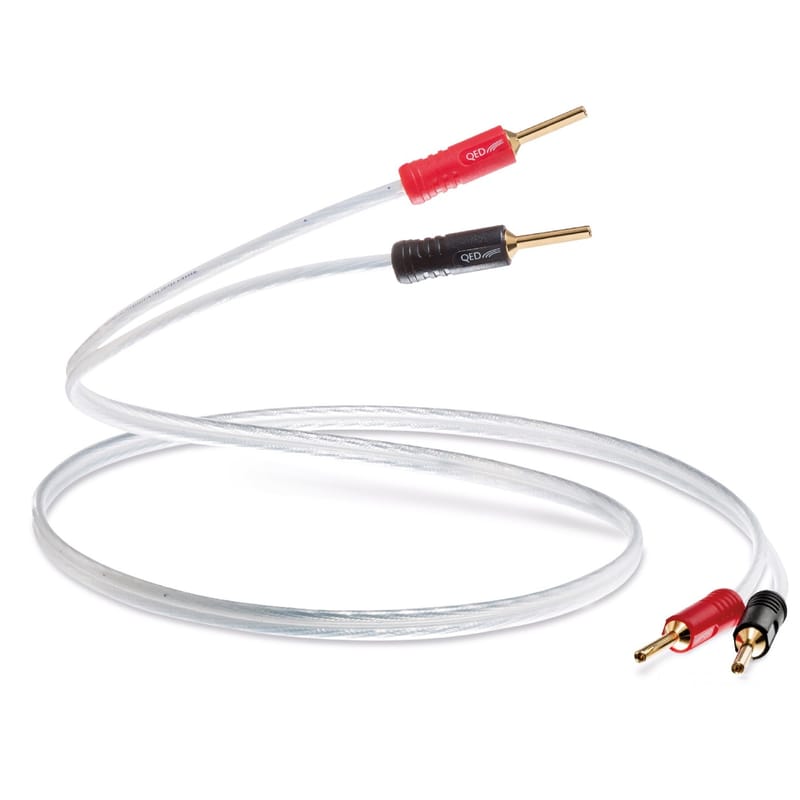This “proximity effect” has a detrimental influence on current distribution in a speaker cable even if it utilises X-Tube™ Technology. With XT25 we tackle the proximity effect and the skin effect by combining our existing Aircore™ and X-Tube™ Technologies into a new X-Tube™ variation. By forming the conductors into a tube-like shape with a hollow centre, current densities at higher frequencies are maintained because the electric field which contributes towards the skin effect acts towards the centre of the conductor from where the conductive material has been removed. At the same time instead of using a braided structure a ring of conductors is formed into separate bundles with only a loose electrical association which are then twisted into a 90 mm lay so that no single conductor bundle remains on the inside or outside of the cable (and therefore prey to the proximity effect) for long enough for it to become an audible problem. This geometry promotes a more consistent signal distribution making for a more accurate musical reproduction.
It is not generally appreciated that the electrical signals moving at or near the speed of light in a wire do so via the medium of electromagnetic (EM) waveforms which exist within the dielectric which surrounds the conductors as well as within the conductors themselves. The movement of electrons along the conductor merely facilitates generation of the EM waveform as their “drift velocity” is only a few centimetres per second. It is therefore important to ensure that the dielectric material used to insulate and protect the central conductors of the speaker cable is of a type which “permits” the establishment of EM waveforms without appreciable loss. Dielectric losses are directly proportional to the “permittivity” of the material used and as this a measure of each material relative to that in a vacuum it should be as close to unity as possible. Like its predecessors, XT25 uses a specially formulated low-density polyethylene (LDPE) dielectric which at 1.69 has the lowest relative permittivity practically available. QED research has shown that low capacitance cables are generally preferred in listening tests over high capacitance counterparts and this is usually because low-loss dielectrics have been utilised. The use of LDPE and careful control of conductor spacing results in a cable with a very low capacitance per meter and a dissipation factor (loss tangent) of 0.0001 at 10 kHz.


















Welcome to leave your comments for other users' reference